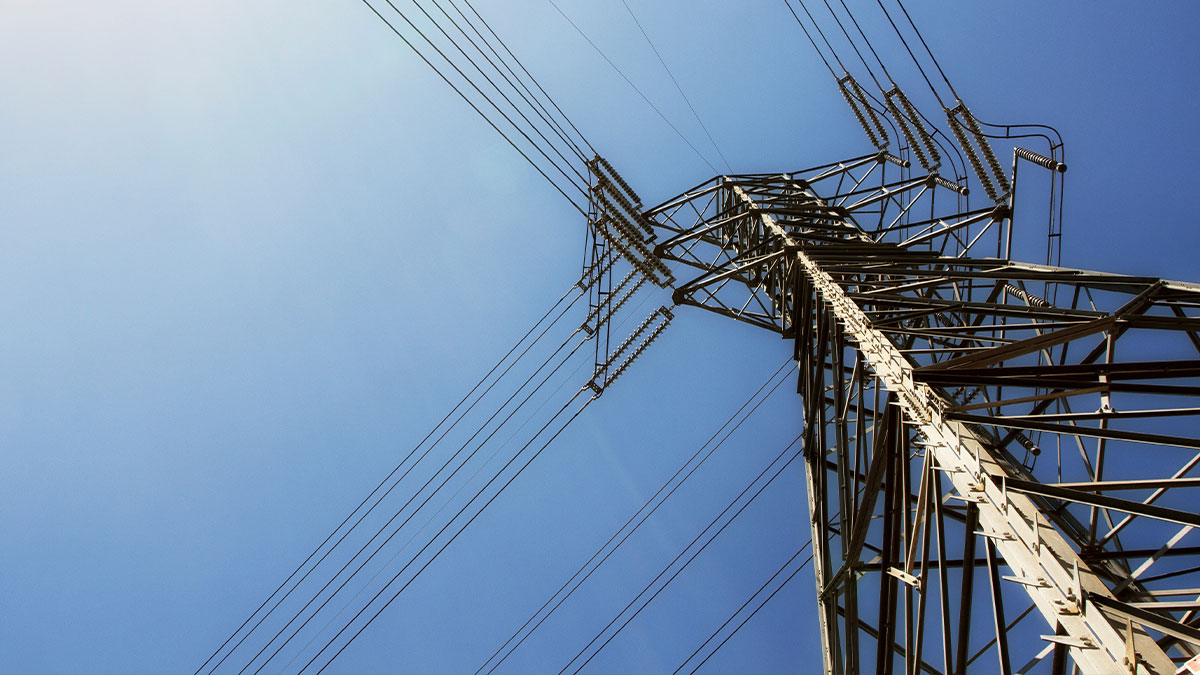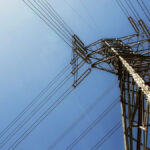Could There Be Transformers at the End of the Tunnel?
 For the most part the electrical supply chain is back to normal … except if you need switchgear and transformers.
For the most part the electrical supply chain is back to normal … except if you need switchgear and transformers.
Reportedly the switchgear manufacturers are investing to build capacity and feel they can “catch up” within a year (okay, there are probably no distributors holding their breath!”)
The transformer market is a different story. Many have heard the stories of two years … and more. Last month I was talking to a distributor gear specialist who had just been quoted four years for a pole transformer and “price on delivery.”
While it’s tough for all to understand, there are some reasons that seemingly have converged for the perfect storm. These elements include:
- COVID, which exposed everyone to the concept of supply chains and probably impacted transformer workforces with more people retiring, or not returning to roles, than ever before.
- The lack of people who want, or wanted, to go back to manufacturing roles (for various reasons.)
- Wildfires in California that has intensified the focus, and probably making funding available, for putting utilities underground.
- Flooding caused by hurricanes in the Southeast, and specifically Florida, to hasten interest in moving utilities underground in that state.
- We won’t talk about the perpetual utility issues in Puerto Rico.
- The increased desire by companies to move manufacturing to the US.
- The increase in the number of data centers and the size of those data centers … all of which take more power.
- And now let’s add in:
- The IIIJA (Infrastructure Investment and Jobs Act) which is unleashing large amount of funding for infrastructure and utilities.
- The IRA (Inflation Reduction Act) which added more government funding for electrification initiative.
- A myriad of electrification initiatives
- And the “minor” issue of building the infrastructure for electric vehicles.
So, lot’s of demand. And the utilities are a major buyer. Manufacturers typically sell direct to these companies and, according to manufacturers, margins are very thin.
Couple all of this with supply chain issues for the manufacturers. There are a limited number of companies that make the components that they need.
One of those components is electrical steel components. There just are not many sources for the grade / quality that is needed.
There could be a little light at the end of the tunnel as JFE Shoji Power Canada, the largest producer in North America of specialized electrical steel core products for a wide range of electrical transformers and a major supplier to transformer companies such as Hitachi Energy, Hammond Power Solutions, Eaton, ERMCO and others is making a significant investment to increase its production capacity for distribution transformer core components by a minimum of 40% and more than doubling capacity for large power transformer core components.
The press release said:
“The Canadian division of Japanese giant JFE Holdings continues to lead the way in the rapidly growing demand for electrical steel materials and components needed to build our clean electrical energy future.
Ron Harper, President and CEO of JFE Shoji Power Canada, said it is through collaboration with strategic partners that JFE seeks to stay ahead of the growing market demand. “I am very happy to announce that we are continuing to invest more in the machinery and people needed to continue to expand our production of electrical steel components for power and distribution transformers.
This severe increase in demand for electrical transformers has been garnering more attention lately within the industry and government officials both in Canada and the USA. The surge is being driven by the construction of new renewable energy systems, the need to replace an aging grid infrastructure, the need to quickly expand the electrical grid for the conversion to electrical transportation, zero emission vehicles, and the expansion of many other electric devices needed in our modern society. The incoming wave of demand is also putting a strain on the supply chain of materials and parts production equipment.
Harper believes the time to act is now to decarbonize our energy systems and increase their efficiency for the health of our planet and our future generations. “We have just launched a planning project with our strategic clients to assess how much further investment beyond what is currently planned is needed over the next few years”, Harper said. “It is JFE Shoji’s commitment to continue to serve the market and our strategic clients to support their growth objectives and plans.”
JFE has seen the greatest demand increase from residential distribution transformers and large power transformers. The company’s engineering and production teams are working hard to increase the pace of capacity expansion. “We are placing a priority on the safety of our teams, while significantly increasing the level of process automation to build supply chain capacity, resiliency, and sustainability”, Harper said.
In a follow-up telephone conversation Harper shared that OEMs don’t have the capacity to meet the demand and that while there are other components that they need, JFE saw the opportunity to invest and due its part. They see the transformer demand as a perfect storm on top of the aging of the grid and that the demand drivers were a long-term dynamic, hence they were comfortable making the investment.
Perhaps one company’s initial investment will spur others to invest also. We’ve heard of utility companies thinking in terms of a decade, and longer. That state EV infrastructure investments will be measured in “billions” and who knows what is needed by utilities to update the grid … and what does “electrification / greenification mean”. Plus we know the need for data centers will only increase. Hopefully there is some light at the end of the tunnel as getting transformers (as well as switchgear) enables other electrical products to also flow.




















